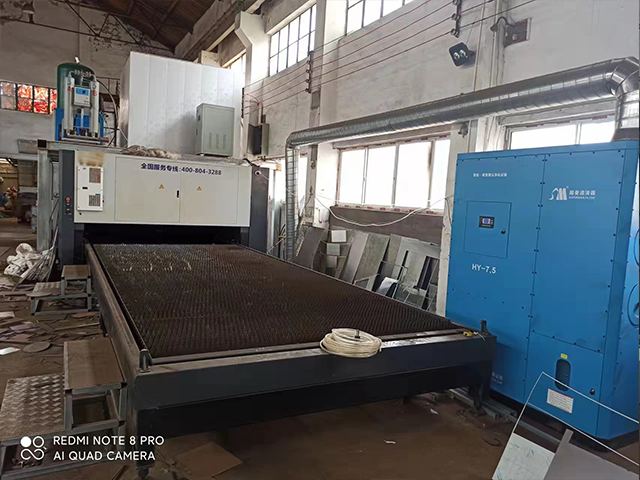Which is the Best Welding Dust Removal Equipment?
Choosing the best welding dust removal equipment can be a challenging task, as there are numerous options available with varying features and capabilities. The best equipment for your welding operation will depend on factors such as the type of welding process, the amount of dust generated, the size of your workspace, and your specific needs and preferences. Here are some considerations to help you determine which welding dust removal equipment is best for you.
1. Type of Welding Process
Different welding processes generate different types and amounts of dust and fumes. For example, MIG welding tends to produce more fumes, while stick welding generates more particulate dust. It is important to select a dust removal system that is designed to effectively capture and filter the specific contaminants produced by your welding process.
2. Size of Workspace

The size of your workspace will determine the capacity and size of the dust removal equipment you need. For smaller workspaces, portable or mobile dust extractors may be sufficient. However, for larger industrial welding operations, a more comprehensive dust collection system may be required.
3. Filtration Efficiency
Filtration efficiency is a crucial factor in choosing welding dust removal equipment. High-efficiency filters, such as HEPA filters, can capture even the smallest particles and fumes, providing a cleaner and safer workspace. Consider the filtration efficiency of the system you choose and ensure it meets your needs and any relevant regulations.
4. Noise Level
The noise level of welding dust removal equipment can be a significant factor, especially in environments where workers need to communicate effectively. Look for systems that operate at a lower noise level or consider using noise-reduction techniques such as sound barriers or soundproofing materials.
5. Energy Efficiency
Energy efficiency is another important consideration, as welding dust removal equipment can consume a significant amount of energy. Look for systems that are energy-efficient and have low power consumption to reduce your operating costs.
6. Maintenance and Replacement Costs
Maintenance and replacement costs should also be taken into account when choosing welding dust removal equipment. Consider the cost of filters, bags, cartridges, and other consumable parts and ensure they are readily available and affordable.
In summary, the best welding dust removal equipment for your operation will depend on factors such as the type of welding process, the size of your workspace, filtration efficiency, noise level, energy efficiency, and maintenance costs. Evaluate your specific needs and compare different systems to find the one that best meets your requirements and budget.